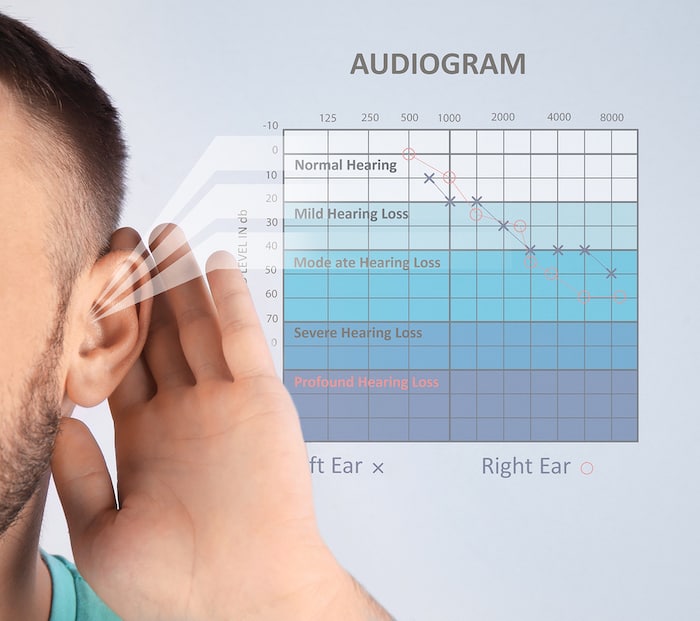What to expect at a hearing test
1. Consultation
The first thing we're going to do is try to understand your experience of hearing loss. We then try to rule out any medical causes of hearing loss. We do this by asking questions about your medical history. There are many causes of hearing loss, so don't be surprised if we ask a question that is seemingly unrelated to your ears! Some common questions include:
- Did you notice any changes to your hearing skills?
- Which circumstances do you have hearing difficulties?
- Have you ever had any prior ear or head injuries?
- Are you around loud noises?
- Are there any issues you have over your hearing?
In the weeks leading up to your hearing exam, it is helpful to think about these questions beforehand so you can give us a more comprehensive answer when the question is asked to you.
2. Physical Hearing Evaluation
3. Hearing Test
There are a whole host of hearing tests we can administer. But the most common types of hearing tests include the following:
A test of pure tone audiometry tests the gentlest sound a person is able to hear. You must wear earphones during the study, and then listen to a range of sounds that are played into one ear at a time.
The capacity of a person to recognize speech from background noise is tested by a word recognition test (also called speech discrimination test). This can help us decide how useful a certain hearing aid might be.
A tympanometry test identifies issues such as earwax impaction, perforated eardrum, ossicle bone damage or middle-ear tumors. The cranial nerves and brainstem are tested by an acoustic reflex examination.

4. A review of your audiogram
Once the tests are complete, we will then run you through each portion of the test results, describing in detail each section of your results. This is a great time to ask further questions of your hearing. If your test reveals a hearing loss that a hearing aid might improve, we'll let you sample some models in the office. This will give you an early indication of how well they might work for you.
